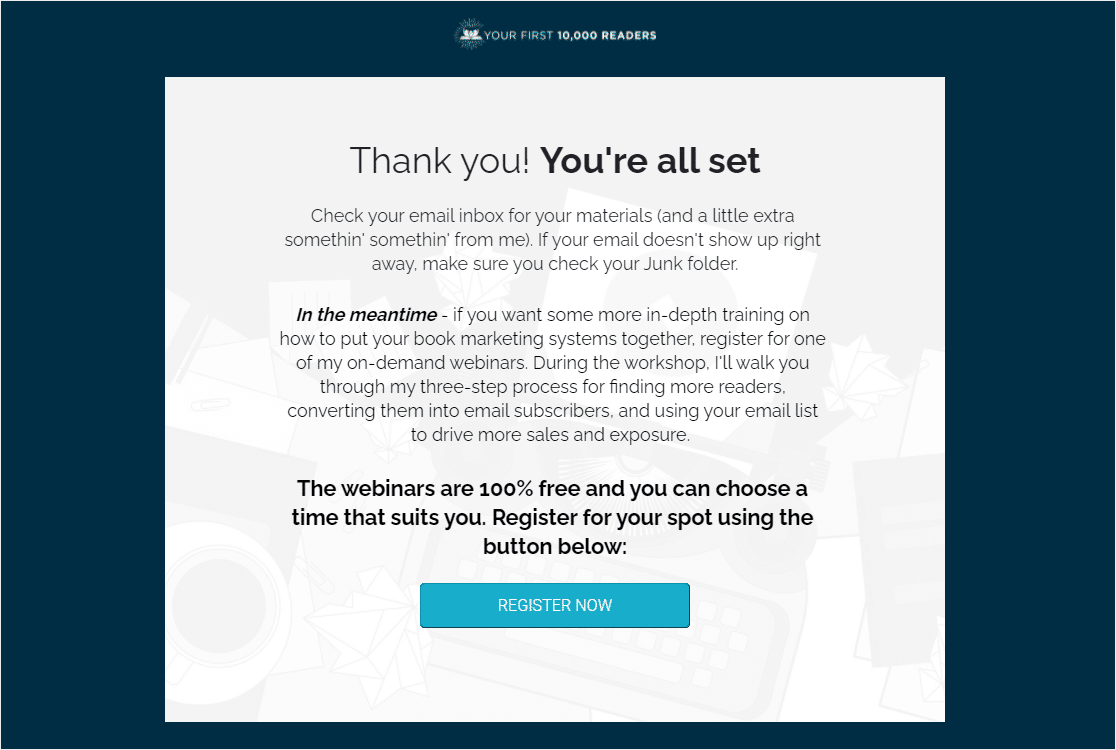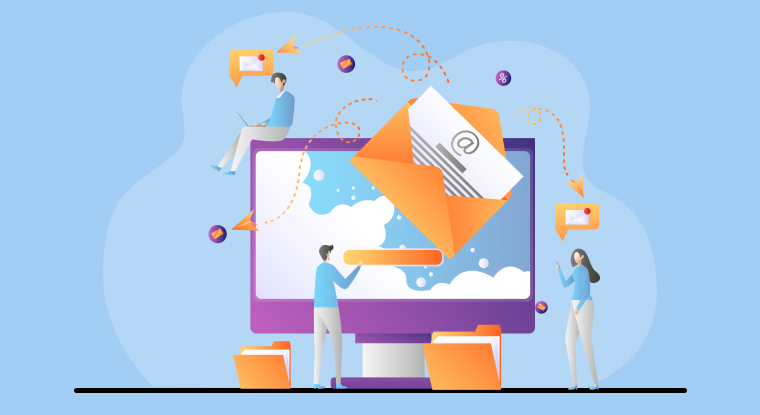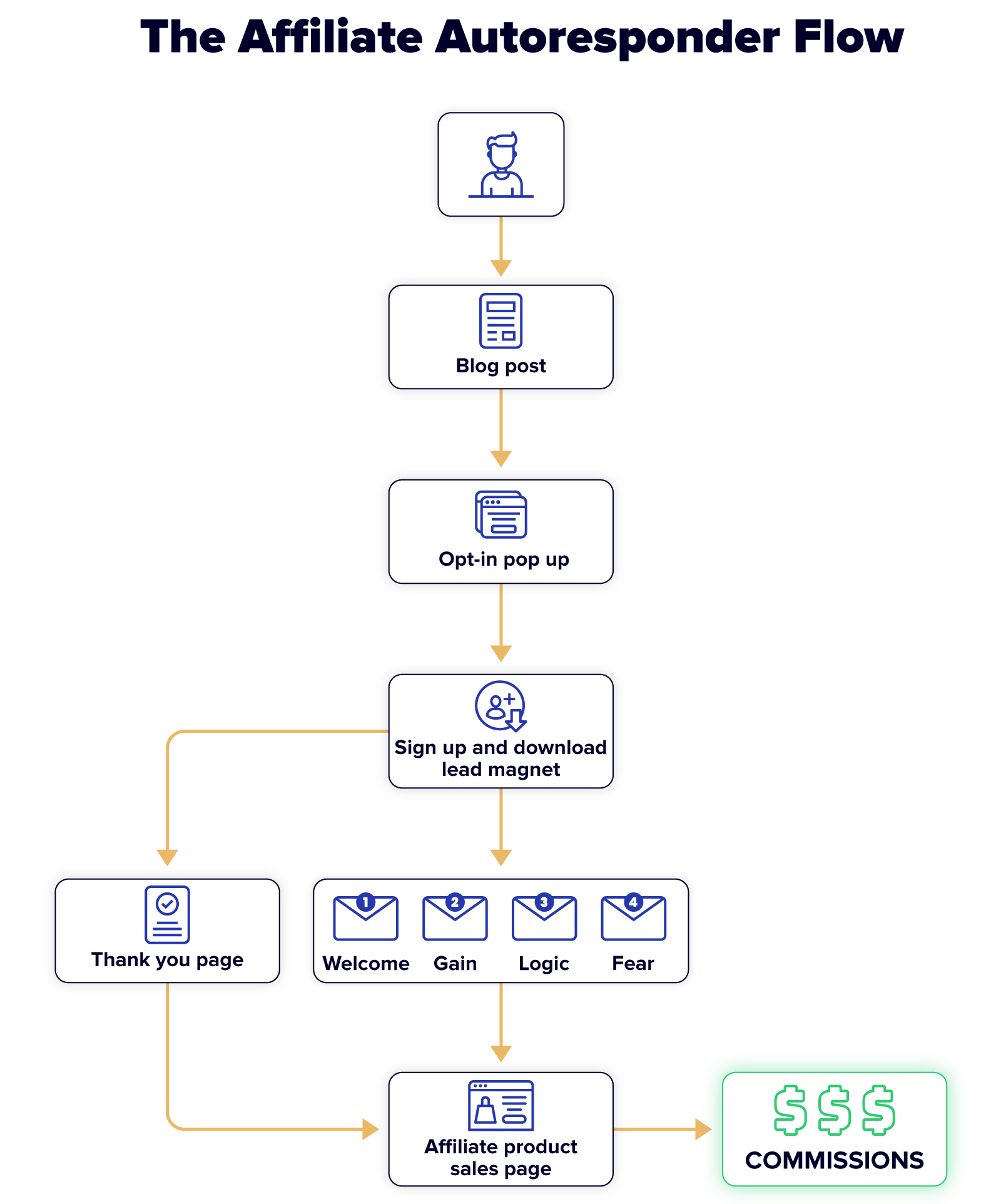How to Build an Email List for Affiliate Marketing (10 Steps)

An email list is one of the most valuable tools you can have for affiliate marketing. It lets you connect directly with your audience, turning visitors into loyal followers and helping you generate consistent sales.
Let me tell you why this matters. Imagine having a group of people who are already interested in what you have to say or offer. Instead of hoping they find your website again, you can email them, share helpful information, and promote affiliate products. This way, they’re more likely to buy, and you build trust over time.
Why Focus on Building an Email List?
Unlike other marketing channels, email marketing for affiliate marketers allows you to communicate directly with your audience. There's no intermediary. You can deliver your affiliate promotions directly into your audience's inbox with an email list. This direct communication often translates to higher conversion rates because these people have already shown interest by subscribing. Additionally, an email list helps you build trust over time, which is critical in affiliate marketing, where authenticity and genuine recommendations play a significant role.

Let’s go step by step on how to build your own email list for affiliate marketing.
1. Choose the Right Affiliate Offer
The first step is choosing the affiliate product you want to promote. This is important because your entire email strategy will be built around it. They won't be interested if the product doesn’t match your audience's needs.
For example, promoting skincare products won’t make much sense if your website is about fitness. Stick with something your audience actually wants and will find useful. Also, pick high-quality products. If you promote low-quality items, people associate your brand with them, and you could lose their trust.
Quick Tip: Choose affiliate products with a good commission and from companies with great sales pages. A poorly designed sales page can hurt your conversions.
2. Create an Irresistible Lead Magnet

A lead magnet is something you give away for free in exchange for someone’s email address. Most people won’t give you their email for anything, so offering them something valuable is key.
Here are some examples of effective lead magnets:
- Downloadable PDF: You could offer a checklist, guide, or eBook. For example, if you're promoting fitness equipment, you could offer a free workout plan.
- Free Training or Webinar: A free video tutorial or webinar works well if your niche is personal development.
- Quizzes or Tools: If your audience is interested in learning more about themselves (e.g., their photography style or fitness level), quizzes can be a fun way to get them to sign up.
Why This Works: People love free stuff, especially when it solves a problem they have. The key is to make the lead magnet related to the product you want to sell later.
3. Optimize Your Website for Email Sign-Ups

Your website should be designed to make email sign-ups seamless. Use eye-catching pop-up forms, landing pages, and call-to-action (CTA) buttons strategically placed on your blog posts, homepage, and other high-traffic site areas. The goal is to make it as easy as possible for visitors to sign up.
Some tips for increasing sign-up rates include:
- Use compelling CTA copy: Avoid generic “Sign Up” phrases. Instead, try “Get Your Free Guide Now” or “Join 10,000 Others Who Receive Weekly Tips.”
- Place forms strategically: Forms perform best in relevant, high-traffic areas. Sidebars, blog post footers, and exit-intent pop-ups are effective spots.
4. Create Opt-in Forms

People enter their email addresses in an opt-in form to get your lead magnet. This can appear on different parts of your website, like pop-ups, at the top of your homepage, or even within blog posts.
Here are a few types of opt-in forms you can try:
- Pop-up Form: This type of form grabs attention by appearing in the middle of the screen.
- Slide-in Form: This form slides in from the corner of the page. It’s less aggressive than a pop-up but still effective.
- Floating Bar: This bar stays at the top or bottom of the page, making it less intrusive.
Tip: Use pop-up forms for the best results. A full-screen pop-up tends to have the highest conversion rates because it’s hard to miss.
5. Set Up a Thank You Page

After someone signs up, you should direct them to a thank-you page. This page simply says, “Thanks for subscribing!” and delivers the lead magnet.
But you can do more with this page. You can also use it to show related affiliate products they might be interested in immediately. For example, if your lead magnet is a free guide on workout tips, you could show them an affiliate link to a related workout product on the thank-you page.
6. Create a Squeeze Page

A squeeze page is a focused landing page designed to collect email addresses. It’s called a “squeeze” page because it squeezes visitors into signing up or leaving. It’s usually very simple—just a headline, a bit of text about the benefits of signing up, and an email form.
Here’s what to include:
- No distractions: Remove everything that doesn’t support the goal of collecting emails (no menus or sidebars).
- A clear headline: Make it obvious why they should sign up. Example: “Get Your Free 7-Day Workout Plan Today!”
- Strong visuals: Add a picture of the lead magnet or something that represents the benefits they’ll get.
- Simple form: Only ask for their name and email to keep it easy.
Example: A fitness website might have a squeeze page offering a free meal plan in exchange for an email. The page would show a simple sign-up form, a strong headline like “Start Eating Better in 7 Days!” and a quick explanation of the meal plan’s benefits.
7. Choose an Email Service Provider

Now that you’ve collected email addresses, you need a tool to manage them and send emails. This is where an email service provider (ESP) comes in. It lets you store your email list and send automated emails to your subscribers.
When picking an ESP, look for:
- Automation: So you can set up emails that go out automatically.
- User-friendly interface: You want something easy to use, especially if you're new to email marketing.
- Affordable pricing: Most email tools are free for your first 1,000 subscribers, so that’s a good place to start.
Recommendation: MailerLite is beginner-friendly and offers great features at a low cost, making it a popular choice for new affiliate marketers.
8. Set Up Autoresponders

An autoresponder is a series of emails that get sent automatically after someone joins your list. This is important because it keeps your audience engaged without you manually sending emails every time.
For example, you could set up a 4-email sequence like this:
- Welcome Email: Thank them for subscribing and give them the lead magnet.
- Value Email: Share helpful tips related to your niche.
- Product Recommendation Email: Introduce the affiliate product you’re promoting.
- Final Push Email: Give them a reason to take action now, like a special discount.
This sequence keeps your subscribers interested and prepares them for the affiliate offer.
9. Test Broadcast Emails

Broadcast emails are one-time emails you send to your entire list. These could be about new product launches, sales, or updates. The best part? They’re a great way to test what kinds of emails and products resonate with your audience.
Example: If you send an email promoting a new fitness product and get lots of clicks, you know your audience is interested in that type of product. You can then add it to your autoresponder or use what you learned to improve future emails.
10. Scale Your Efforts

Once you’ve built a list and started seeing results, the next step is to scale. This means driving more traffic to your opt-in forms and squeezing more value out of your email list. One way to do this is by creating more lead magnets and testing different affiliate offers.
You can also increase revenue by negotiating higher commissions with your affiliate partners or creating your own products to sell directly to your audience.
Can You Buy an Email List for Affiliate Marketing?
Buying an email list might seem like a quick way to start, but it's rarely a good idea. Purchased lists often consist of people who have never interacted with you, meaning they're less likely to be interested in your content or affiliate offers. Worse, it can harm your email marketing reputation, leading to high unsubscribe rates, low engagement, or even getting marked as spam. Building a list organically, while slower, will always yield better long-term results for affiliate marketing email campaigns.
Overcoming Challenges
Building an email list requires time and effort. You may face challenges like slow growth, but persistence pays off. Don't be discouraged if progress seems slow initially; continue refining your lead magnets, optimizing your website, and consistently engaging with your audience. Remember, an engaged, small list is far more valuable than a large, unresponsive one.
Building an email list for affiliate marketing is a rewarding investment that can significantly boost your income and create deeper connections with your audience. You can grow your email marketing efforts into a sustainable business by offering valuable content, leveraging social media, and nurturing your list with relevant affiliate promotions. Focus on creating trust and value; over time, you'll have a dedicated audience eager to engage with your recommendations.





